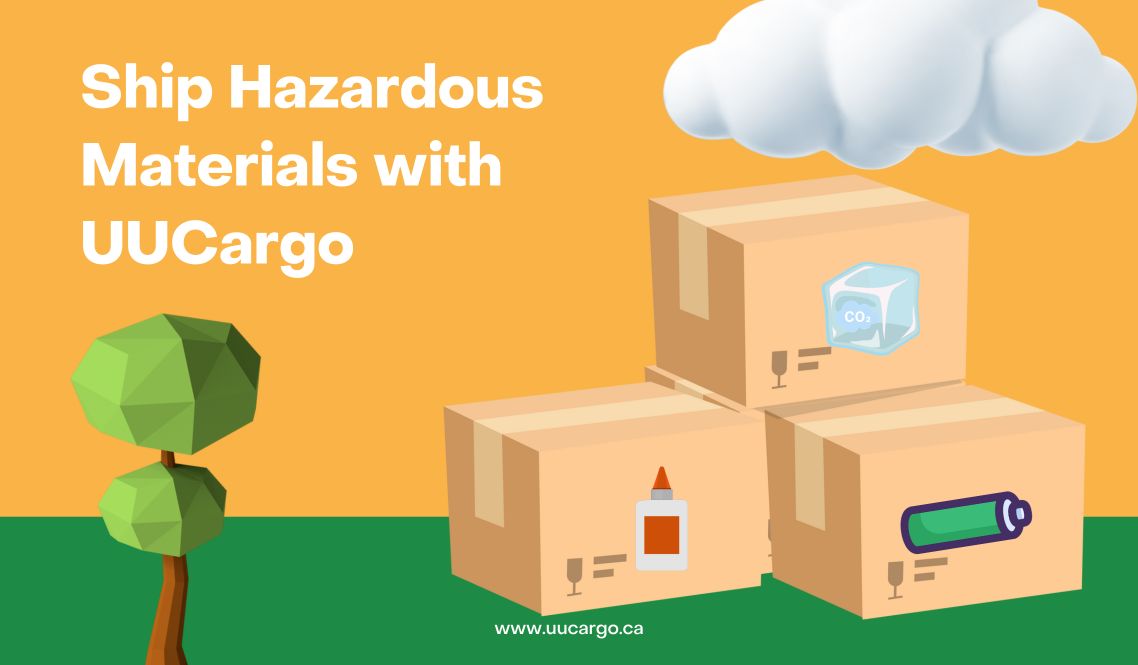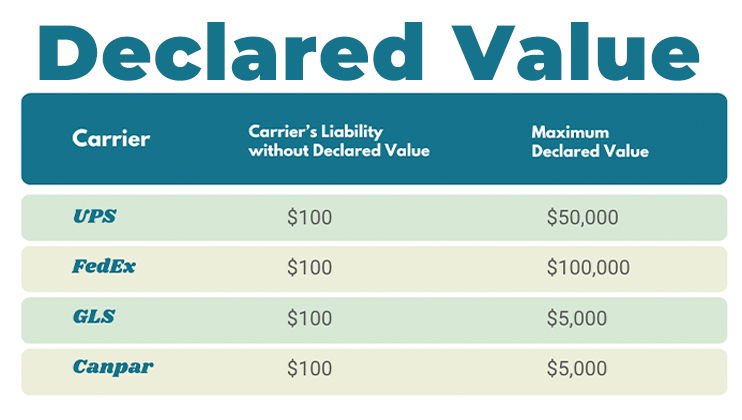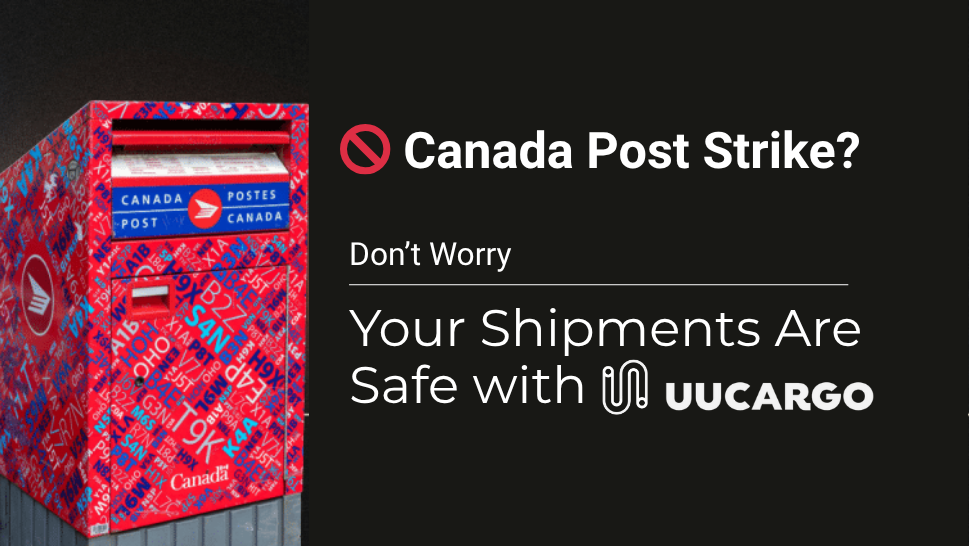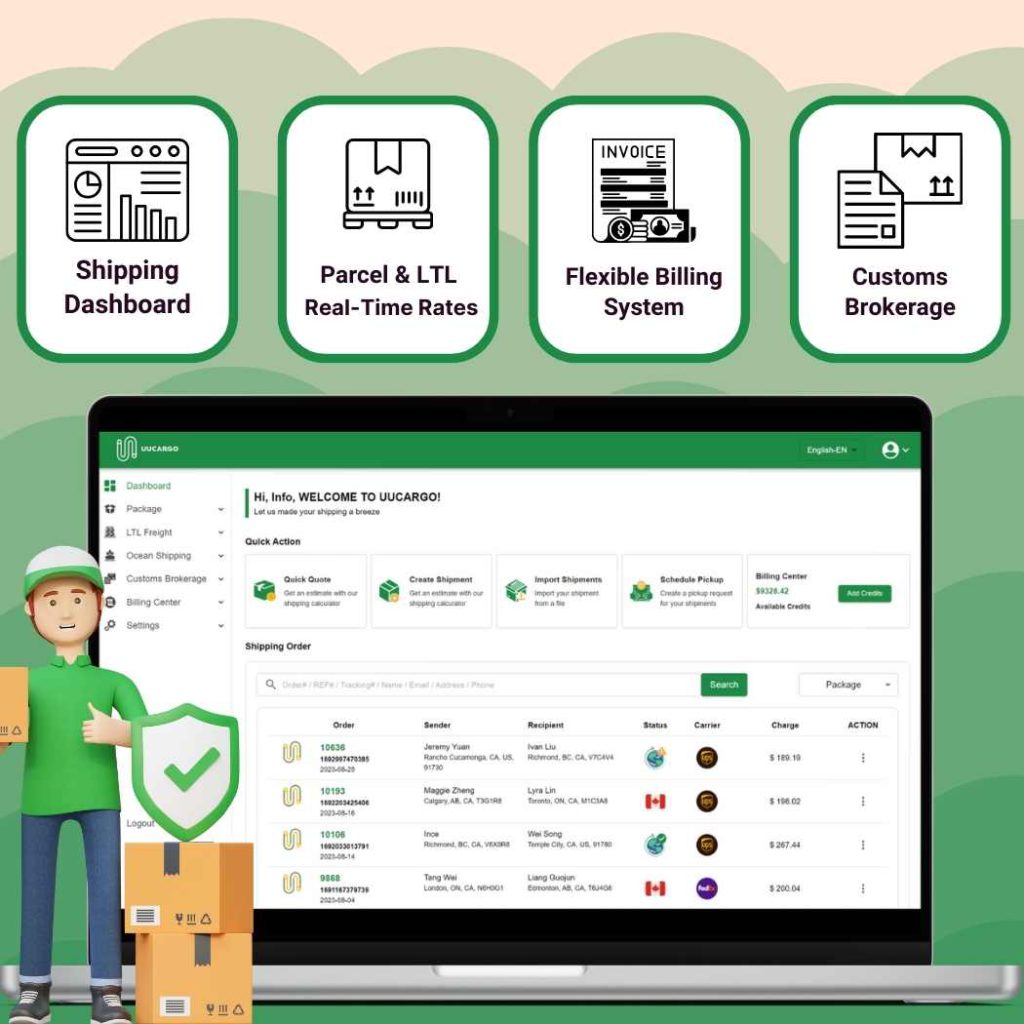In a world increasingly powered by portable electronics, the shipping of lithium batteries has become commonplace. However, these power sources carry with them a level of risk that cannot be overlooked. As we connect and empower our lives with an array of battery-operated gadgets, the need for safe transportation of these items grows ever more critical. This guide aims to shed light on the proper protocols for shipping lithium batteries, ensuring that your products arrive safely without posing hazards to handlers, recipients, or the environment. By understanding and adhering to the right practices, businesses and individuals can navigate the complexities of battery shipping with confidence and care.
Why the Caution with Lithium Batteries?
From the portable electronics we carry to the wearable gadgets that track our fitness, lithium batteries are the silent powerhouse within. Here’s a quick look at commonplace items containing these batteries:
– Laptops, Mobile phones, Tablets
– Cordless tools like drills
– Personal care items such as electric shavers
– Digital cameras, Watches, Fitness trackers
– Wireless audio devices, Hearing aids
Then there are the less obvious items like musical greeting cards, animated books, light-up shoes, or even battery-powered jewelry. Given the propensity for these batteries to ignite if mishandled, adhering to strict shipping protocols is non-negotiable.

Why are batteries considered “dangerous goods”?
Batteries, particularly those containing lithium, are classified as dangerous goods due to the inherent risks they pose during transportation. These risks necessitate strict adherence to shipping regulations for several critical reasons:
Highly Flammable Nature: Lithium batteries can easily ignite if they are damaged, improperly packaged, or exposed to high temperatures. This flammability makes them a significant fire hazard, particularly in the close confines of air or ground transport vehicles.
Sensitivity to Environmental Conditions: These batteries are susceptible to extreme temperatures, pressure changes, and physical shocks. Such conditions can lead to a thermal runaway, where an increase in temperature changes the conditions in a way that causes a further increase in temperature, often resulting in a fire or explosion.
Risk of Short-Circuiting: If the battery terminals come into contact with other metal objects or if the batteries are not insulated properly, there is a heightened risk of a short circuit. This can generate enough heat to ignite the battery or nearby materials.
Given these dangers, it is vital for all parties involved in the shipping process, from retailers to couriers, to rigorously follow protocols for declaring, packing, labeling, and storing lithium batteries. This careful handling ensures the safety of the shipment, the handlers, the end-users, and the environment.
Given these dangers, it is vital for all parties involved in the shipping process, from retailers to couriers, to rigorously follow protocols for declaring, packing, labeling, and storing lithium batteries. This careful handling ensures the safety of the shipment, the handlers, the end-users, and the environment.
The difference between lithium-metal and lithium-ion batteries
Lithium-ion (Li-ion) and lithium-metal batteries are two distinct types of batteries that power a wide array of modern devices, each with unique characteristics and uses. Lithium-ion batteries, which you’ll find in rechargeable devices like laptops and smartphones, contain lithium compounds rather than metallic lithium. These batteries are less prone to combustion, making them a slightly safer option for shipping. However, they are not without risks and can still present significant safety concerns if they’re damaged, defective, or subjected to extreme conditions.
On the other hand, lithium-metal batteries, often used in non-rechargeable applications such as watches and certain medical devices, contain pure metallic lithium. They boast a higher energy density and can provide longer life for products that require batteries with a long shelf life. Yet, this type of battery is generally considered more hazardous due to its more reactive nature, leading to stricter shipping regulations. Some carriers are reluctant to handle them or may impose more stringent rules to ensure safety during transit.
On the other hand, lithium-metal batteries, often used in non-rechargeable applications such as watches and certain medical devices, contain pure metallic lithium. They boast a higher energy density and can provide longer life for products that require batteries with a long shelf life. Yet, this type of battery is generally considered more hazardous due to its more reactive nature, leading to stricter shipping regulations. Some carriers are reluctant to handle them or may impose more stringent rules to ensure safety during transit.
Tips for Safely Sending Batteries by Mail
To make sure you’re staying safe, you should ensure that your shipments are in line with battery shipping regulations. Here are a few tips on how to ship lithium batteries safely:
Make sure that batteries and terminals are well protected to avoid short-circuiting
Cover terminals with insulating, non-conductive materials
Pack each battery in fully-enclosed interior packaging to protect the terminals
Don’t place heavy items on packed batteries
Keep batteries away from other metal objects that may cause short-circuiting
Avoid turning on devices with installed batteries while being shipped
Put a protective covering on the switches of any device with these batteries to prevent accidental activation while in transit
Don’t store batteries in extreme heat
Ensure that batteries are not defective or placed incorrectly in devices
Pad the device in the package to avoid movement that might lead to accidental activation
Label the shipment to make it obvious that it contains lithium batteries or dangerous goods.

Courier Requirements for shipping products with lithium batteries inside
When shipping products containing lithium batteries, each courier may have its own set of requirements based on the type of battery, the way it’s packed, and whether it’s installed in equipment. Below are some general guidelines for major couriers:
Shipping Batteries Installed in Products
For eCommerce businesses or individuals tasked with sending out goods that have lithium batteries installed, understanding the shipping requirements is paramount. Transporting electronics or other items containing these batteries isn’t as straightforward as other shipments due to the potential risks involved.
Here’s a comprehensive breakdown of what you need to know before sending your lithium battery-equipped products on their journey:
Here’s a comprehensive breakdown of what you need to know before sending your lithium battery-equipped products on their journey:
Understanding Regulatory Compliance
Packaging and Labeling
Training and Certification
By taking these steps and ensuring strict adherence to shipping protocols, you can mitigate the risks associated with transporting lithium batteries and ensure that your products arrive safely at their destination. UUCargo supports businesses in navigating these complexities with expertise and tailored shipping solutions, ensuring that your cargo, however sensitive, is handled with the utmost care and professionalism.
Find the Cheapest Rates
Compare all major couriers and get the best rate and service options at highly discounted rates
FAQs about shipping batteries
1. Does it cost more to ship lithium batteries?
Yes, shipping lithium batteries typically incurs additional costs. These items are classified as dangerous goods due to their flammability and potential for causing harm. Shipping them safely requires special packaging, handling, and documentation, all of which contribute to higher shipping rates.
2. Are batteries shipped fully charged?
Lithium batteries shipped alone should not be more than 30% charged, particularly when sent via air, to minimize the risk of a thermal event. However, when batteries are installed in devices, this limitation may not apply, but it’s always best to check with the specific carrier’s guidelines.
3. Are there any size and weight restrictions for shipping lithium batteries?
Yes, there are restrictions on the size and weight of packages containing lithium batteries. Individual carriers have specific rules, but commonly, a package cannot exceed a certain weight (often around 30 kilograms or 66 pounds) and must adhere to size restrictions for both domestic and international shipments.
4. What labeling and documentation are required for shipping lithium batteries?
Shipments containing lithium batteries require appropriate labeling, such as Class 9 Hazardous Material labels and lithium battery handling labels. The required documentation typically includes a Safety Data Sheet (SDS), a declaration for dangerous goods, and any additional paperwork required by carriers or destination countries.
5. What happens if lithium batteries are shipped incorrectly?
Improper shipping of lithium batteries can lead to regulatory fines, returns, or disposal of the shipment at the sender’s expense. More seriously, it can cause safety incidents such as fires, which could lead to legal liabilities and endanger lives.




